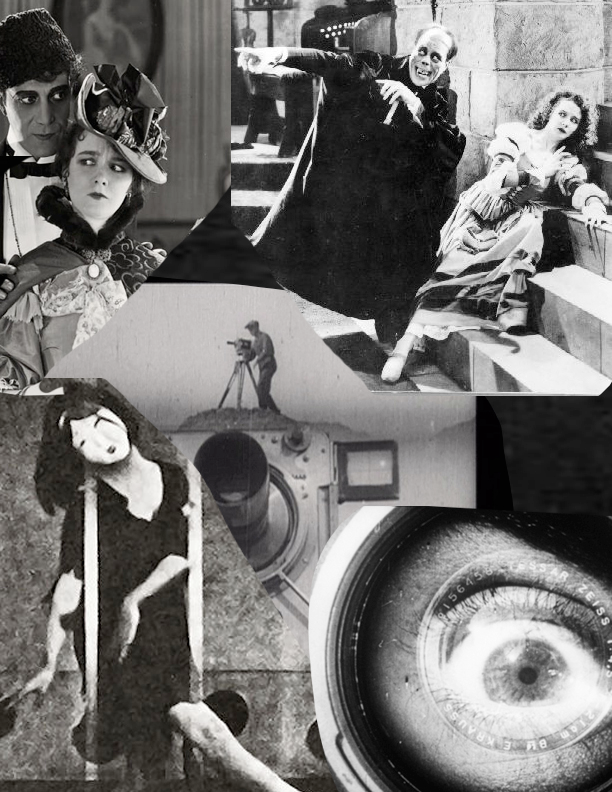
Photo Courtesy of Wikimedia Commons
Returning to the Hill once again to connect their compositions with the beauty of silent film, the critically acclaimed Alloy Orchestra conducted live performances to three different silent films:
A Page of Madness
(1926),
The Phantom of the Opera
(1925), and
the Man With a Movie Camera
(1929).
The event was hosted by the F.I.L.M. (Forum on Image and Language in Motion) series as a part of Fallcoming and Family Weekend.
As a three-man musical ensemble, Alloy Orchestra includes members Terry Donahue, Ken Winokur, and Roger C. Miller who play a variety of instruments and write live accompaniments to perform alongside silent films.
Based in Cambridge, Massachusetts, the group typically uses found percussion in addition to state-of-the-art electronics to create a unique and distinctive sound. In fact, during the beginnings of their group career, they used junk metal, found objects, and homemade instruments to create an unusual style of music. Their success with their sound has allowed them to create scores for dozens of silent films and shorts for almost three decades.
The event as a whole was dedicated in tribute to David Shepard ’62, who passed earlier this year but dedicated a great amount of time to advocating for silent film preservation. As a film historian, he fostered his interest in classic film, becoming an expert during a time where film history was not even considered an academic field.
Shepard was a master restorationist and brought a newly restored version of
A Page of Madness
to life after 45 years of being lost and then found by the director. Shown on the first day of the event,
A Page of Madness
revolved around a man’s experience working at a mental asylum (a job he took on only in order to be near his wife, a patient at the asylum). The disorienting yet entrancing shots coupled with the equally suspenseful music created a jarring experience of visual and musical intensity. Especially with their mixture of unconventional sounds, their performance gave the Japanese historical film a unique and eerie characteristic.
Following, Alloy Orchestra played alongside the classic film
Phantom of the Opera
(1925). The story of the film adaptation of the novel revolves around The Phantom who lives in a 19th century Paris opera house as he attempts to get closer to vocalist Christine Daae. Not only did the unmasking of the phantom provide an arguably greater horrific sight compared to more modern renditions of the story, but the musical accompaniment only added to that horror, providing a heart-racing experience of increasing tension. The thrashing of the percussion used often throughout their music especially emphasized the conflict in the classic film.
Ending the three-day event, Alloy Orchestra performed a score to the film
Man with a Movie Camera
. Despite the fact that the films focuses on presenting normal shots of anything and everything, even more natural acts like a woman giving birth, there is an added sense of tension through the accompaniment of the score. Most notably, the group utilized a sense of repetition throughout their pieces, continuously adding in more instrumentation to create a climactic feeling that matched the repetitive shots within scenes.
Named as “the best in the world at accompanying silent film” by popular film critic Roger Ebert, Alloy Orchestra certainly exemplified the talent that made them worthy of such a title. To a crowd of passionate film and music students as well as parents visiting the Hill, Alloy Orchestra provided a memorable experience with entrancing sights and beautiful sounds.
